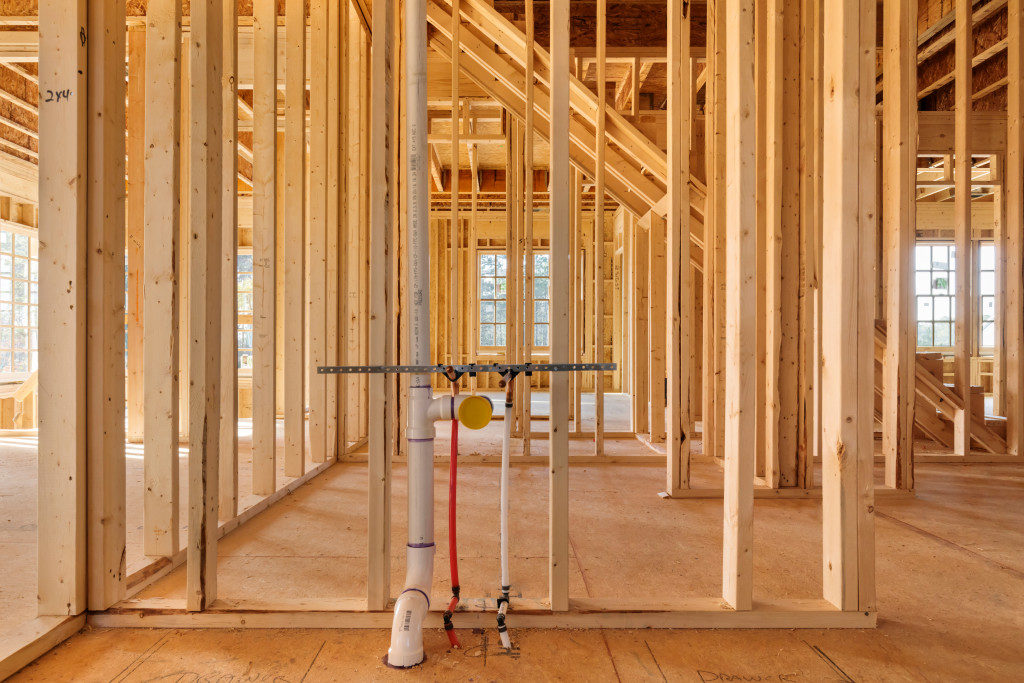Throughout history, wood has been the material of choice for construction, toolmaking, and weapons and furniture manufacturing. Since the dawn of the Industrial Revolution, however, more manufacturers have been moving away from wood in favor of fabricated materials such as steel, aluminum, and plastic.
In recent years, advances in sustainable development have allowed us to harvest wood from forests with little impact on the environment. From Melbourne timber flooring to wooden scaffolding, wooden is enjoying a resurgence in popularity due to its eco-friendly properties.
Here are a few reasons why you should use wood:
1. Strength
Wood has a better self-support length than steel. Coupled with the fact that wood is a lighter building material than steel, this makes it the superior construction material.
When building with wood, the structure can support its own weight better, which allows you to design bigger spaces with fewer support columns.
2. Resistance
Wood, when dried to a moisture content level of 7 to 12%, becomes more resistant to electrical conduction. This aids in insulating certain portions of the structure from electrical currents.
Heat also doesn’t affect wood as much as it does steel structures. Metals contract and expand depending on the outside temperature, and that doesn’t happen to wood. The result is increased stability to the finished structure.
3. Acoustics
There’s a reason why wood is often used in concert halls and auditoriums: it minimizes echo. Rather than amplifying or reflecting sound, it absorbs it, making it the best material for spaces and structures that require a great deal of sound control.
4. Aesthetics

Wood comes in many different types, hardnesses, and natural colors. You can choose from natural browns, reds, blues, and even violets and blacks. With varying styles of grains, you also have a wide option of patterns in Melbourne timber flooring.
When working with wood, you are presented with a diverse range of aesthetic options, aside from the qualities previously mentioned.
5. Renewable
Metals have to be mined from the earth, and concrete is made of cement and aggregate, making them dirty construction materials and unsustainable to produce.
Wood, on the other hand, can be grown and regrown after harvest. And with sustainable forest management programs and harvesting practices, we no longer have to clear entire forests just to satiate our demand for wood.
6. Lower production cost
In many cases, steel and concrete can be cheaper than wood. But if you consider external costs such as the impact on people’s health and the environment, wood is more affordable to produce and process than steel and concrete. Wood production also has a smaller carbon footprint and less wastewater produced.
Many lumber mills produce byproducts such as discarded branches, bark, and chips that can be used for power generation, offsetting the amount of power used in the wood production process. It also lessens the amount of fossil fuel burned, making it better for the environment.
More and more people have realized that harmony with the environment is essential to our continued existence on this planet. Switching to wood is a significant step in that direction with its many eco-friendly qualities.




